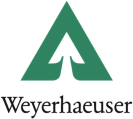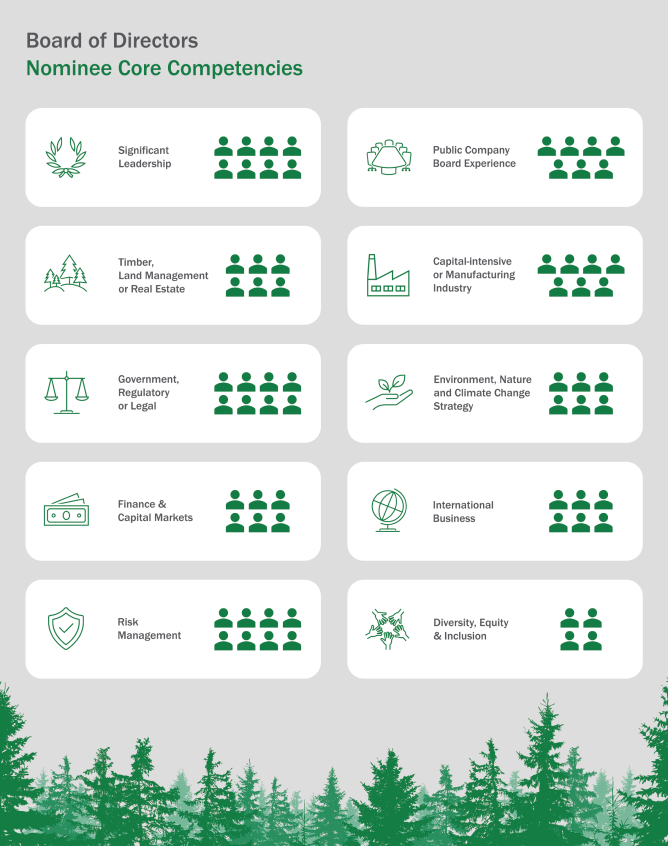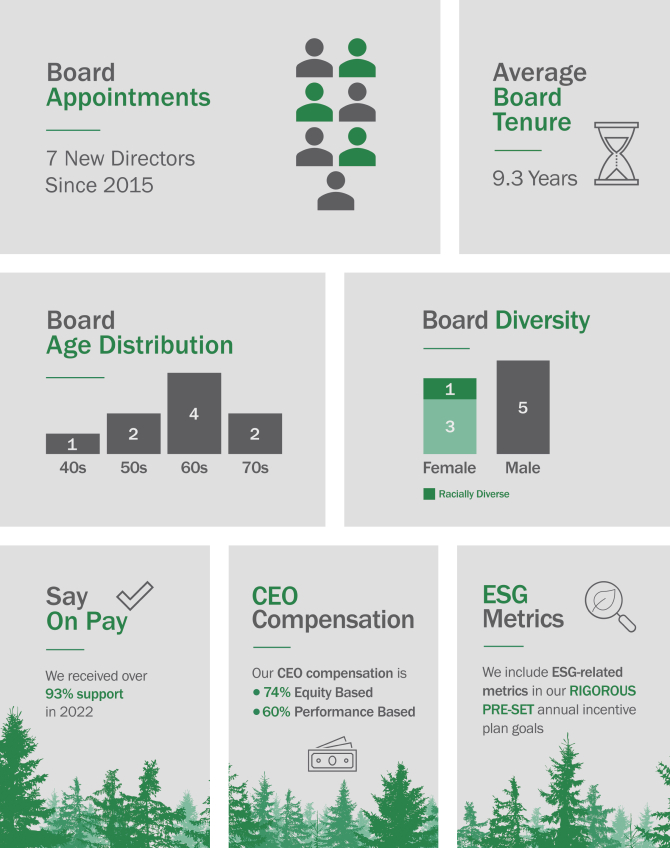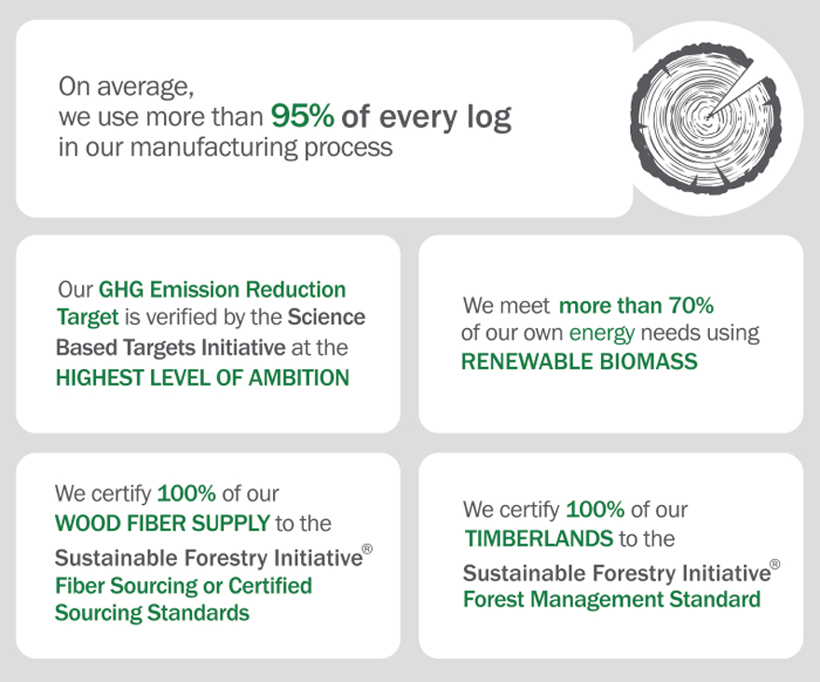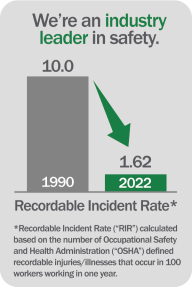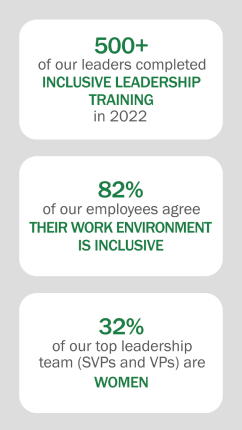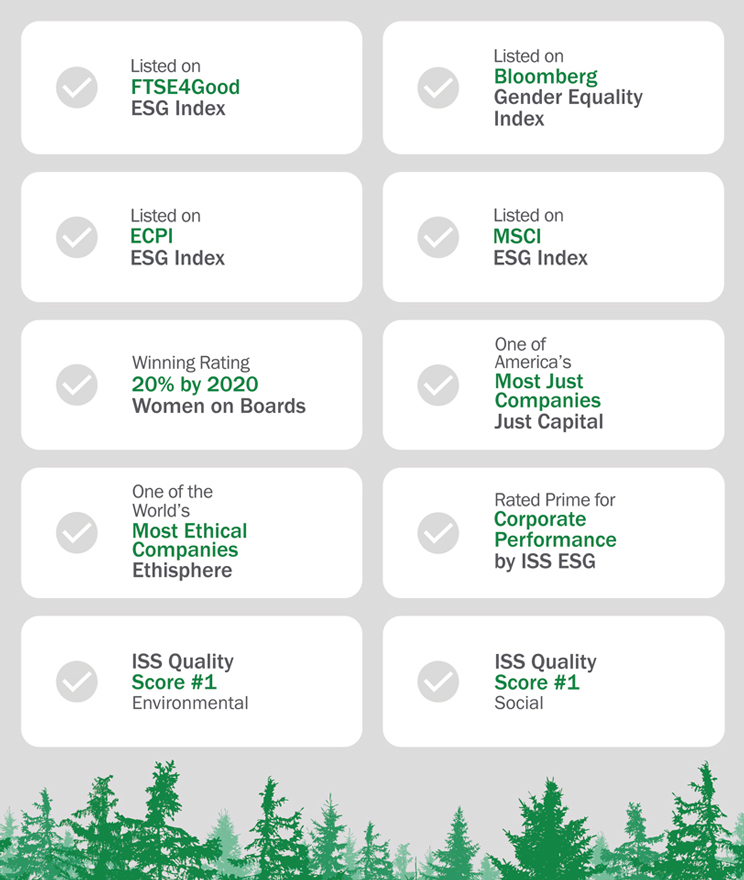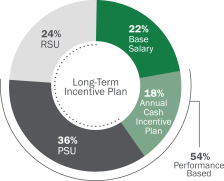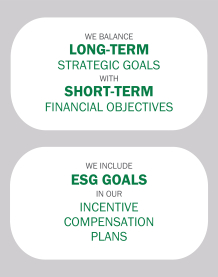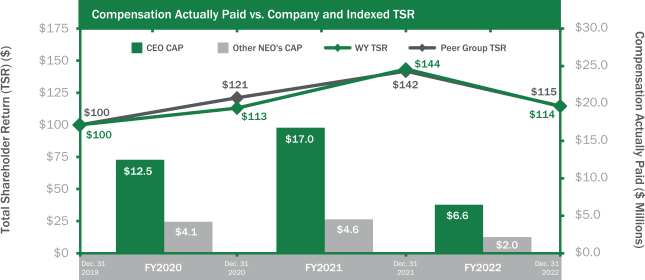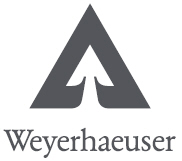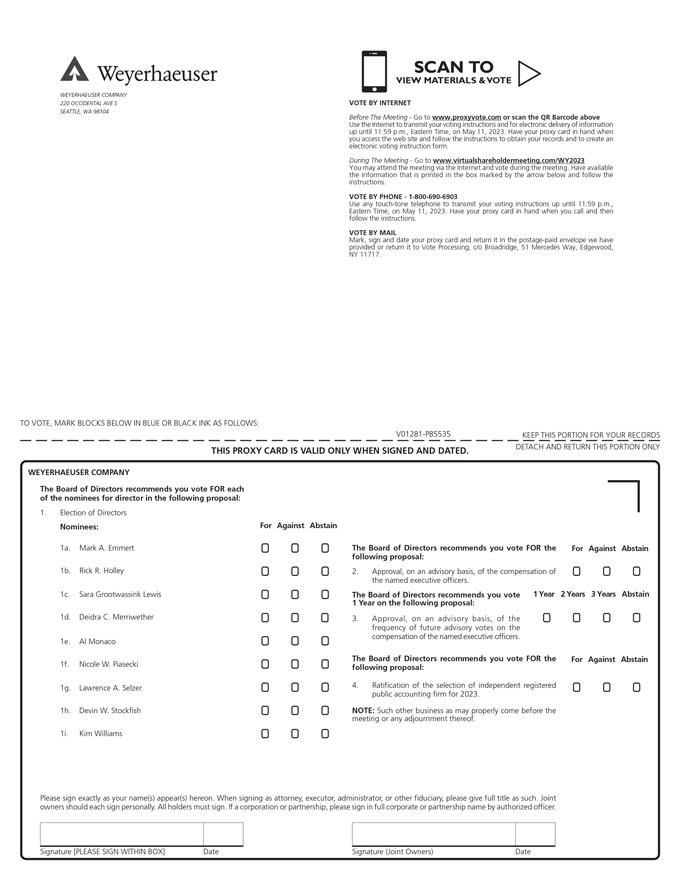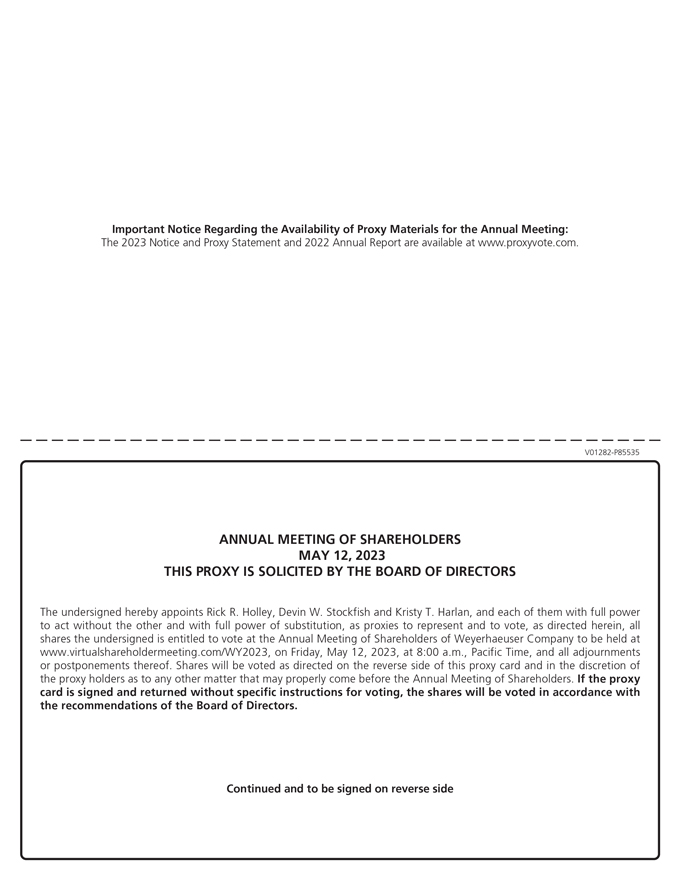The requirements and conditions that apply for shareholder nominations to be included in the company’s proxy materials can be found in Article II of the bylaws.
Other Shareholder Nominations
The company’s bylaws also permit shareholders to nominate director candidates for election to the board without inclusion in the company’s proxy materials. The nomination will be effective only if, among other requirements, the shareholder delivers written notice of the shareholder’s intent to make a nomination to the Corporate Secretary not less than 90 days or more than 120 days prior to the annual meeting. However, if the company sends notice or publicly discloses the date of the meeting less than 100 days before the date of the annual meeting, the shareholder must deliver the notice to the Corporate Secretary not later than the close of business on the 10th day following the day on which the notice of meeting date was mailed or publicly disclosed, whichever occurs first.
The requirements and conditions that apply for shareholder nominations not included in the company’s proxy materials can be found in Article III of the bylaws.
Whether a shareholder nomination is included in the company’s proxy statement or not, to be in proper form, a shareholder’s notice must include specific information concerning the shareholder and the nominee as described in our bylaws and in applicable SEC rules. In addition, to be eligible to be a nominee for director, the nominee must be able to make certain disclosures and representations to, and agreements with, the company, all as set forth and described in our bylaws.
A shareholder who wishes to submit a nomination is strongly encouraged to consult independent counsel about our bylaws and SEC requirements. The company reserves the right to reject, rule out of order, or take other appropriate action with respect to any proposal that does not comply with our bylaws or SEC or other applicable requirements for submitting a nomination. Shareholders may request a copy of our bylaws from our Corporate Secretary by writing to the address provided below. Our bylaws are also available on our website at investor.weyerhaeuser.com/policies-documents.
In addition to satisfying the requirements under our bylaws with respect to advance notice of any nomination, any shareholder that intends to solicit proxies in support of director nominees other than the company’s nominees must comply with all the requirements of Rule 14a-19.
Shareholder Recommendations to the Nominating Committee
The Governance and Corporate Responsibility Committee will consider nominees for the board of directors recommended by shareholders. If a shareholder wishes to recommend a nominee for election to the board, he or she should write to the Governance and Corporate Responsibility Committee specifying the name of the nominee and the nominee’s qualifications for membership on the board of directors, along with evidence of the shareholder’s share ownership and the nominee’s willingness to serve, if elected. See Board Composition and Consideration of Director Nominees on page 20 for a summary of director qualifications and selection criteria. Recommendations will be brought to the attention of and be considered by the Governance and Corporate Responsibility Committee.
Communicating With the Corporate Secretary
Notices and other communications relating to items of business to be presented and considered at the annual meeting (shareholder proposals, director nominations and other items of business), as well as communications directed to the Governance and Corporate Responsibility Committee concerning shareholder recommendations of director nominees, are required to be delivered to the Corporate Secretary. Such notices and communications must be sent to Kristy T. Harlan, Senior Vice President, General Counsel and Corporate Secretary, Weyerhaeuser Company, 220 Occidental Avenue South, Seattle, WA 98104.
|
|
|
| 72 | Weyerhaeuser Company |
|
|






